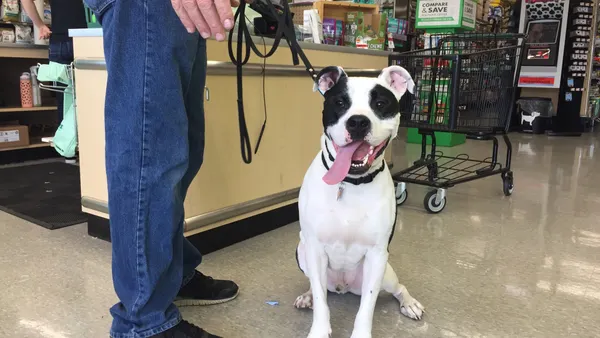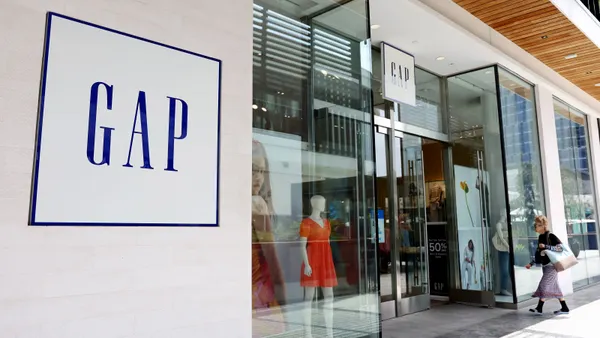Dive Brief:
-
Fillr, which uses machine learning to improve on the accuracy of browser-based autofill functions, has reached the milestone of 100 million monthly active users and has expanded into mobile shopping apps to tackle ongoing cart abandonment challenges, the company said.
-
The company, which recently launched its U.S. office in San Francisco, counts browsers and devices, including Microsoft Edge, Cat Phones, Dolphin, Panasonic and Karbonn Mobiles, among its customers and partners. It also is breaking into shopping apps, with one major Indian app among its customers.
-
Fillr's solution is provided through the cloud-based Filler Autofill as a Service (FAaaS) platform, aimed at resolving a problem that is believed to have cost the retail sector about $4.6 trillion last year in lost revenue due to cart abandonment.
Dive Insight:
Autofill features in browsers like Google's Chrome and Apple's Safari have a dirty little secret that may not be much of a secret, but whose impact still is getting overlooked: They are often inaccurate. Before Fillr starting working on a solution more than three years ago, it took a long look at the problem itself and found that Chrome and Safari autofill functions were inaccurate almost half the time they were used, according to Karl Mattson, vce president of growth at Fillr, whole spoke with Retail Dive prior to the announcement.
That's bad news for retail shopping apps which depend on autofill as customers look to quickly complete transaction processes, subscription service and loyalty program sign-ins and other forms they may need to complete while shopping.
"People haven't taken autofill problems seriously as something that can contribute to cart abandonment," Mattson said, adding that 37% of mobile checkout abandonments alone have to do with problems users have typing on mobile, according to studies from Listrak and other firms. It's possible that with so many other aspects of operating e-commerce sites and apps to worry about, retailers haven't "internalized" issues related to autofill, and because of that don't understand "the relative simplicity of solving these problems," Mattson said.
Instead of using metadata for filling autofill fields, Fillr created a cloud-based solution that leverages machine learning, meaning mistakes are learning experiences. It works on all forms, from shopping purchase transactions to forms that do not involve payments, including contest submissions, job applications and subscriptions. In the coming months, the company expects to extend the FAaaS platform to support targeted advertising and transactions on in-message apps. It also is developing new features for voice search and Internet of Things devices, very few of which will have a fully functional qwerty keyboard, making data entry extremely difficult.
Fillr can be injected into any existing mobile app, meaning that retail and e-commerce app operators don't need to wait for a major app revamp to introduce it. Though the company has had success in browsers and works with both iPhones and Android smartphones, it is increasingly targeting integration with apps, Mattson said. And while just hearing the word "autofill" might cause app operators to set aside Fillr as something to adopt later after higher priority projects, there is one pretty clear reason they should use it now: its 94% accuracy rate.













